The 1960s and 1970s weren’t just decades of social revolution and cultural transformation—they were also an extraordinary era for hair. As traditional values were questioned and boundaries pushed, hairstyles became bold statements of identity, rebellion, and artistic expression. What many admirers of these iconic looks don’t realize is the incredible amount of time, skill, and chemical assistance required to achieve and maintain these gravity-defying, perfectly coiffed creations. From bathroom cabinets overflowing with hairspray to weekly salon appointments that lasted longer than a feature film, these styles weren’t just fashion choices—they were lifestyle commitments that could make or break one’s social calendar.
1. The Beehive
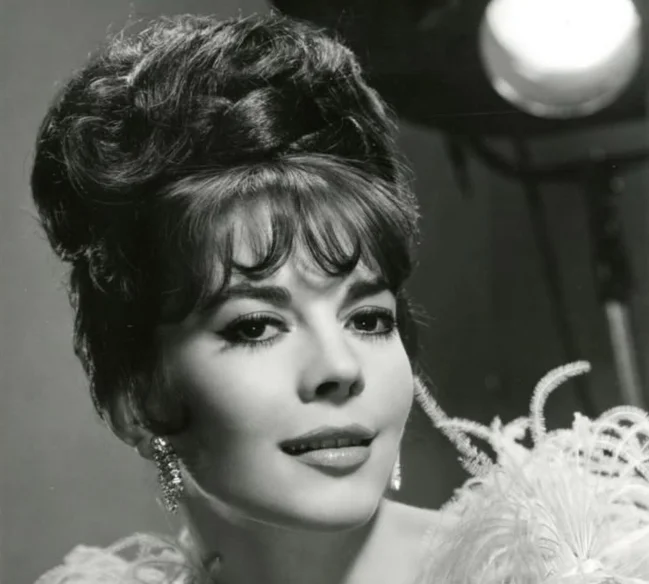
This towering creation reached its peak popularity in the mid-1960s, becoming the ultimate symbol of sophisticated femininity with its gravity-defying height and perfectly smooth exterior. First created by Chicago-based hairstylist Margaret Vinci Heldt in 1960, the beehive required hair to be extensively backcombed (or “teased”) into a matted foundation before being smoothed over into its distinctive dome shape. Women would wash their hair just once a week to maintain the style, sleeping with toilet paper wrapped around their beehive and using satin pillowcases to minimize disruption. HowStuffWorks even dives into how this hairstyle works.
The style required an extraordinary amount of hairspray—often an entire can per week—leading to concerns about environmental damage long before CFCs became a widespread concern. According to beauty industry records, hairspray sales tripled between 1960 and 1964, with manufacturers struggling to keep up with demand as women sought to maintain their towering creations at all costs. The beehive’s interior offered unexpected practical advantages, with period beauty magazines suggesting it could be used as convenient storage for small valuables, bobby pins, or even cigarettes—making it perhaps the world’s first wearable purse with a built-in alarm system (touching another woman’s beehive was strictly taboo).
2. The Five-Point Cut
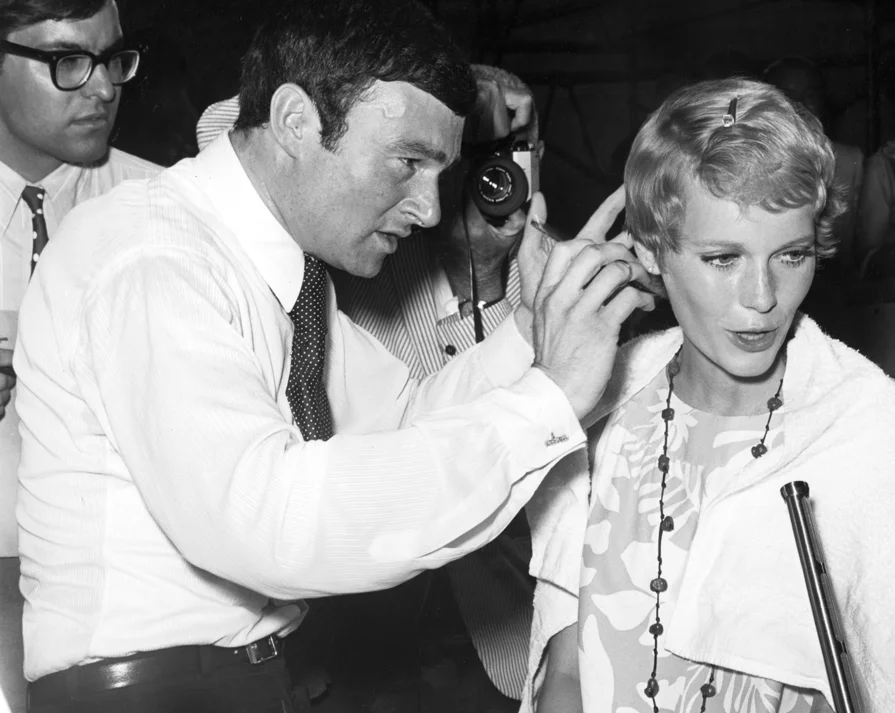
Vidal Sassoon revolutionized hairstyling with his architectural, geometric five-point cut that precisely framed the face with sharp angles hitting at the cheekbones and jawline. Unlike the voluminous styles of earlier years, this precision cut required hair to be meticulously straight, with not a single strand out of place. Achieving this look required weekly salon visits lasting two to three hours, as the angles needed to be maintained with exacting precision—even a quarter-inch of growth could disrupt the style’s essential geometry. The Cut covers Vidal’s career as itself a look at the history of all sorts of haircuts.
Those attempting to maintain the look at home spent hours with heavy flat irons that lacked temperature controls, often resulting in heat damage that necessitated even more salon visits. Hairstylist records from London’s top salons in 1964-1966 show that clients with the five-point cut spent approximately 185% more on hair maintenance than those with traditional styles. Fashion magazines from the era advise women with this cut to avoid humidity at all costs, with some socialites reportedly canceling appearances if the weather forecast threatened their carefully maintained angles—leading to the style’s reputation as “the barometer haircut” among industry insiders.
3. The Cornrow Braids

While braided styles have been worn in African cultures for thousands of years, cornrow braids saw increased popularity in Western fashion following Bo Derek’s appearance in the film “10” (1979). Traditional cornrows require exceptional technical skill, with each thin braid created from three even smaller sections of hair woven tightly from the scalp. A full head of traditional cornrows could take between 4-8 hours to complete, depending on the desired size and complexity of the pattern. On Us Weekly, Bo Derek responded to the renewed attention her hair received in recent years.
Well-executed cornrows could be maintained for 6-8 weeks with proper care, including specialized oil treatments and careful washing techniques to preserve the style. Sleeping required a silk scarf or bonnet to prevent friction that could frizz or loosen the braids prematurely. Historical beauty records indicate that professional braiders often learned techniques passed down through generations, with specific patterns requiring years of practice to master. While modern perception often associates the style with low-maintenance, women from the era report that proper cornrow care required daily attention and specific products that were often difficult to find in mainstream beauty stores of the 1970s.
4. The Farrah Fawcett Feathered Look
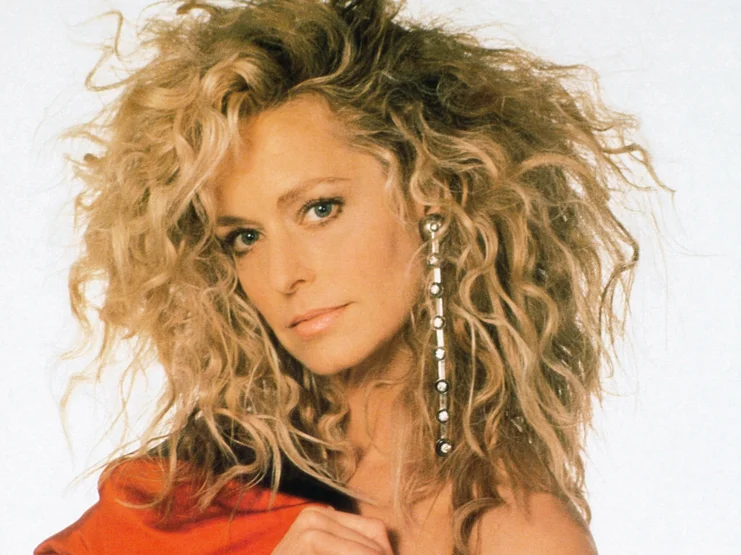
After Farrah Fawcett’s appearance on “Charlie’s Angels” and her iconic 1976 red swimsuit poster, her feathered, flowing mane became the most requested hairstyle in American salons. The style required layers cut at precise angles that would “flip” back when blow-dried, creating that signature windblown effect. Achieving the look at home required round brushes in multiple sizes, a blow dryer (still a relatively new home appliance), and exceptional coordination to simultaneously manage both tools while creating consistent flips throughout the head.
Professional hairstylists report that the average appointment to create perfect Farrah feathers took approximately 90 minutes of blow-drying alone, with the initial cutting session often exceeding two hours to get the layers exactly right. The style’s creator, Allen Edwards, revealed in a 1977 interview that the original cut actually took three separate sessions to perfect, totaling nearly seven hours of styling time. Women’s magazines from 1976-1979 contain countless letters from frustrated readers seeking advice for mastering the technique, with one beauty editor estimating that “for every perfect feathered flip achieved at home, at least fourteen women were left in tears with half-finished styles.”
5. The Artfully Disheveled Shaggy Look

This seemingly casual style popularized by rock stars and models required far more maintenance than its effortless appearance suggested. The deliberately tousled look needed precisely cut layers of varying lengths to create movement and texture, often with thinning techniques to remove bulk in specific areas. What looked like “rolled out of bed” hair actually required significant styling time using multiple products to create separate pieces with just the right amount of definition.
Session stylists from famous 1970s rock photography shoots report spending up to three hours creating the perfect “I don’t care” look for album covers and magazine features. The style required hair to be clean but not too clean, with many stylists recommending washing with shampoo but skipping conditioner to create the necessary texture—then applying various products to recreate the appearance of natural oils while controlling frizz. Rock biographies often mention performers arriving at venues hours before showtime specifically for hair styling, with some bands employing full-time hair stylists on their touring staff to maintain their signature disheveled looks that ironically required more maintenance than conventional business cuts.
6. The Dorothy Hamill Wedge
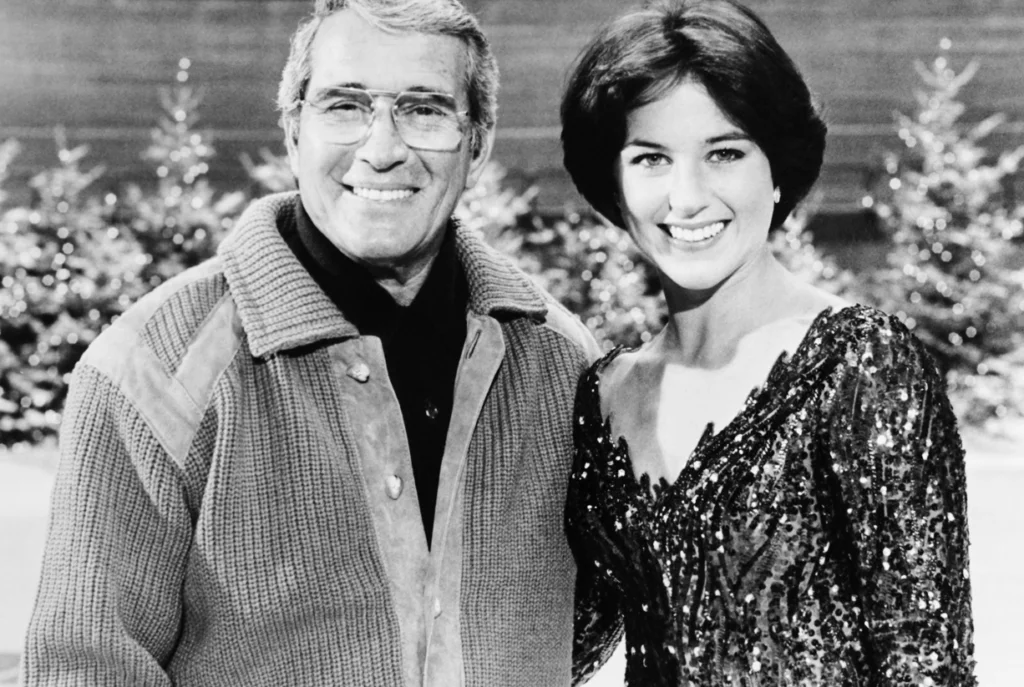
After Dorothy Hamill won gold at the 1976 Winter Olympics, her short, bouncy wedge cut became an overnight sensation, with salons across America overwhelmed by requests for the distinctive style. The wedge required exceptionally precise cutting to create its perfect graduation from shorter hair at the nape to longer strands that curved under at the sides. The cut’s creator, Yusuke Suga, spent months perfecting the technique that would allow Hamill’s hair to move beautifully during skating jumps while still falling immediately back into place.
Women who adopted this style quickly discovered that maintaining its perfect shape required salon visits every 3-4 weeks, as even minor growth disrupted the precise lines of the wedge. Home maintenance involved daily blow-drying sessions using a specific round brush technique that many found impossible to master without professional guidance. Beauty industry records indicate that hot roller sales increased by approximately 60% in the months following Hamill’s Olympic win, as women sought tools to maintain the wedge’s distinctive flip. Hamill herself later revealed in interviews that maintaining her signature look during competition required daily styling sessions of at least 45 minutes, plus touch-ups between skating programs.
7. The Pageboy Flip
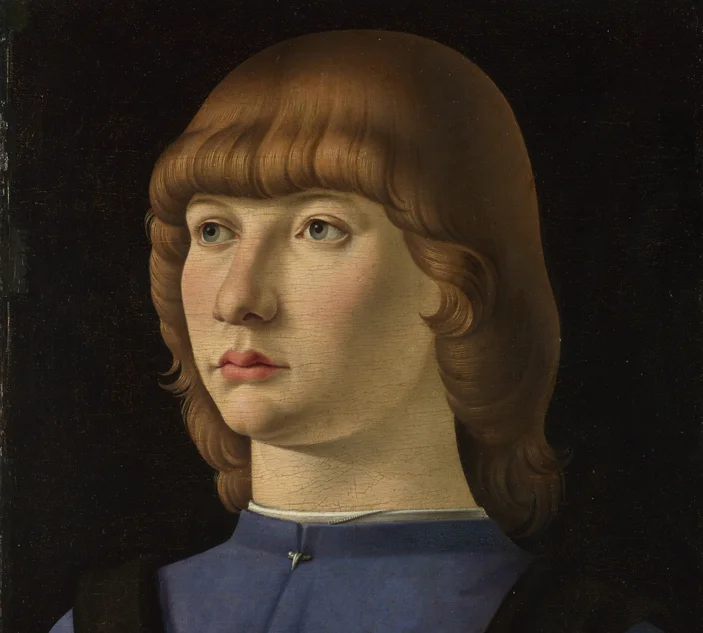
This sophisticated style featured perfectly straight hair that curved under at precisely the same length all around the head, often with the addition of side-swept bangs. Popular among fashionable women like First Lady Jackie Kennedy, the pageboy flip required hair that was neither too straight nor too curly, often necessitating both straightening and curling treatments to achieve the perfect texture. The distinctive under-curl had to be exactly the same depth around the entire head, requiring skill with both brush and dryer simultaneously.
Maintaining the pageboy flip required sleeping in uncomfortable hard plastic rollers or aluminum curlers that left many women unable to rest properly—leading to the popular phrase “suffering for beauty” becoming particularly associated with this style. Salon appointments to refresh the look typically took 60-90 minutes, with many women visiting twice weekly for professional restyling. A 1965 beauty industry survey revealed that women with pageboy flips spent an average of 7.5 hours per week on hair maintenance at home in between salon visits, making it among the most time-consuming styles of the decade despite its apparently simple appearance.
8. The Bouffant
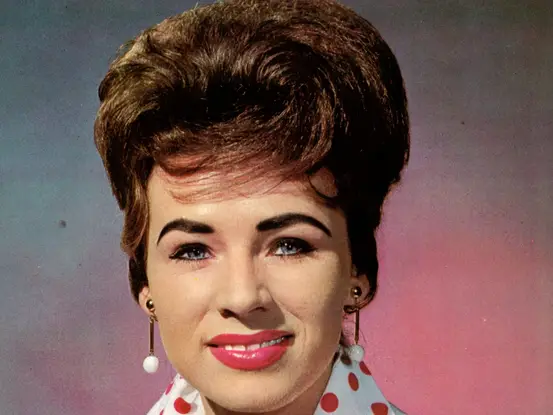
Popularized by First Lady Jackie Kennedy in the early 1960s, the bouffant created drama through extreme volume at the crown while maintaining a softer finish than the more structured beehive. Creating the foundation for a proper bouffant required extensive backcombing—a technique where hair is combed backward toward the scalp to create a matted base that provides height. Expert backcombing could take 30-45 minutes alone, requiring specific narrow-toothed combs that became so popular they were often sold out in beauty supply stores throughout 1961-1963.
Women maintained their bouffants for days or even a week at a time, using specialized sleeping techniques including wrapping the style in toilet tissue and securing it with a hairnet or scarf. The style required so much hairspray that department stores often limited purchases during shortage periods, with beauty supply wholesalers reporting record sales throughout the early 1960s. White House beauty staff revealed years later that Jackie Kennedy’s iconic bouffant required nearly two hours of styling time before important events, with the First Lady reportedly reading briefing papers while her hairdresser created the perfect volume that became her signature look.
9. The Pompadour
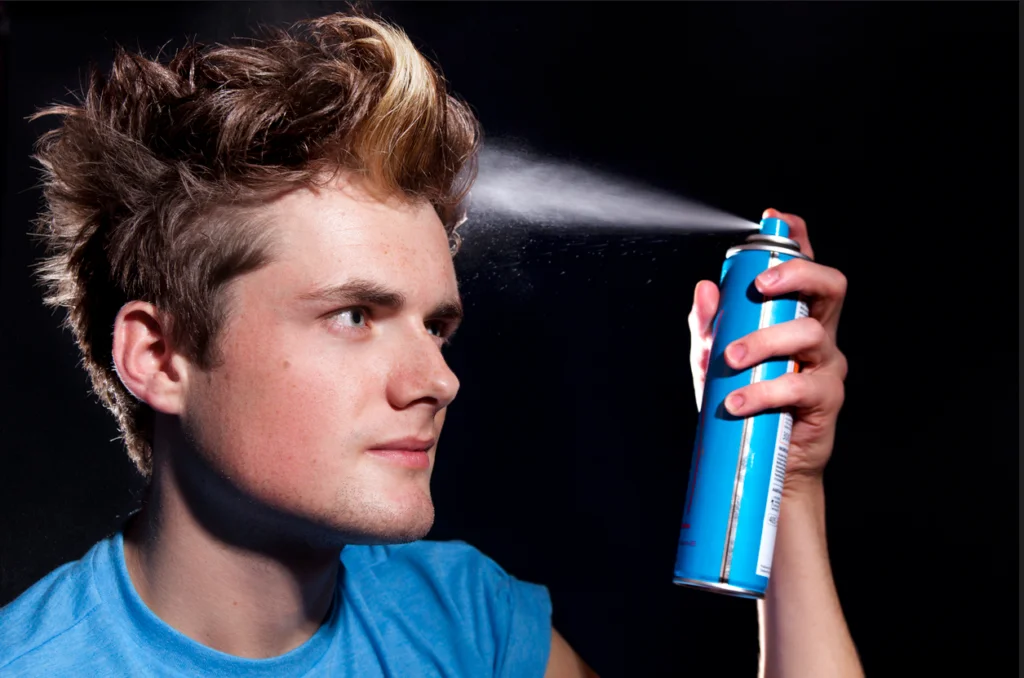
While often associated with the 1950s, the pompadour saw a significant revival in the late 1960s and early 1970s glam rock scene, with male performers creating increasingly dramatic versions of the style. Creating height at the front required significant backcombing and product application, with true pompadours requiring hair at least 6-7 inches long at the front to achieve the desired elevation. The style demanded significant daily restyling, as sleeping invariably collapsed the carefully constructed height.
Professional stylists from the era report that creating stage-ready pompadours for performers could take up to two hours, using a combination of backcombing, extremely firm-hold hairsprays, and often hidden structural supports like foam forms. Maintenance required specialized wide-toothed combs for reshaping and boar bristle brushes for the smooth exterior finish. The style used so much hairspray that many performers traveled with multiple cans in their tour equipment, with some glam rock bands reporting higher annual budgets for hair products than for guitar strings—a fact often kept quiet to maintain their rebellious image.
10. The Afro

This iconic style represented both cultural pride and political statement, celebrating natural African American hair texture at a time when straightening was the norm. Contrary to misconceptions that the Afro was “natural” or low-maintenance, achieving the perfect spherical shape required extensive styling, specialized tools, and considerable expertise. The ideal Afro needed to be perfectly symmetrical, requiring hair to be picked out with precision to create an even shape all around the head.
Maintaining an Afro meant daily picking sessions that could take 30-45 minutes, with larger styles requiring specialized extra-long picks that beauty supply stores couldn’t keep in stock during the height of popularity in the early 1970s. According to beauty industry historians, sales of Afro picks increased by over 700% between 1968 and 1973. The specific shape—round rather than oval—was crucial to the style’s aesthetic, with many people using brown paper bags as impromptu measuring tools to check for perfect circularity, leading to the community term “the paper bag test” for Afro maintenance rather than its earlier, problematic colorist meaning.
11. The Asymmetrical Geometric Cut

This dramatic style featured sharp angles with deliberately uneven lengths, often with one side significantly shorter than the other. Pioneered by avant-garde stylists like Sassoon protégé Trevor Sorbie, these cuts required exceptional precision to create the sharp, architectural lines that characterized the look. The style grew in popularity during the late 1970s as punk and new wave influences began entering mainstream fashion, offering an edgier alternative to the softer cuts of the early decade.
Maintaining the asymmetrical look required significant styling time at home, as any natural wave or curl could disrupt the essential geometry of the cut. Professional records from trendsetting salons in London and New York indicate that these cuts required the most frequent maintenance, with clients returning every 2-3 weeks for precision trimming to maintain the exact lines. Fashion photographers from the era report that pre-shoot styling for models with geometric cuts often took up to three hours to achieve the perfect angles necessary for editorial work, with multiple stylists sometimes working simultaneously to create the precise lines these styles demanded.
The outlandish hairstyles of the 1960s and 1970s represent far more than passing fashion trends—they embodied the decades’ spirit of experimentation, self-expression, and rejection of previous boundaries. What’s most remarkable about these high-maintenance creations isn’t just their visual impact but the dedication they required from those who wore them. These styles signified commitment to an aesthetic that often shaped daily routines, social calendars, and even sleeping habits. While few would be willing to dedicate such time and effort to hair maintenance today, these iconic looks remain powerful cultural symbols of an era when personal appearance became a canvas for artistic and even political expression—one carefully sculpted, sprayed, and teased strand at a time.


